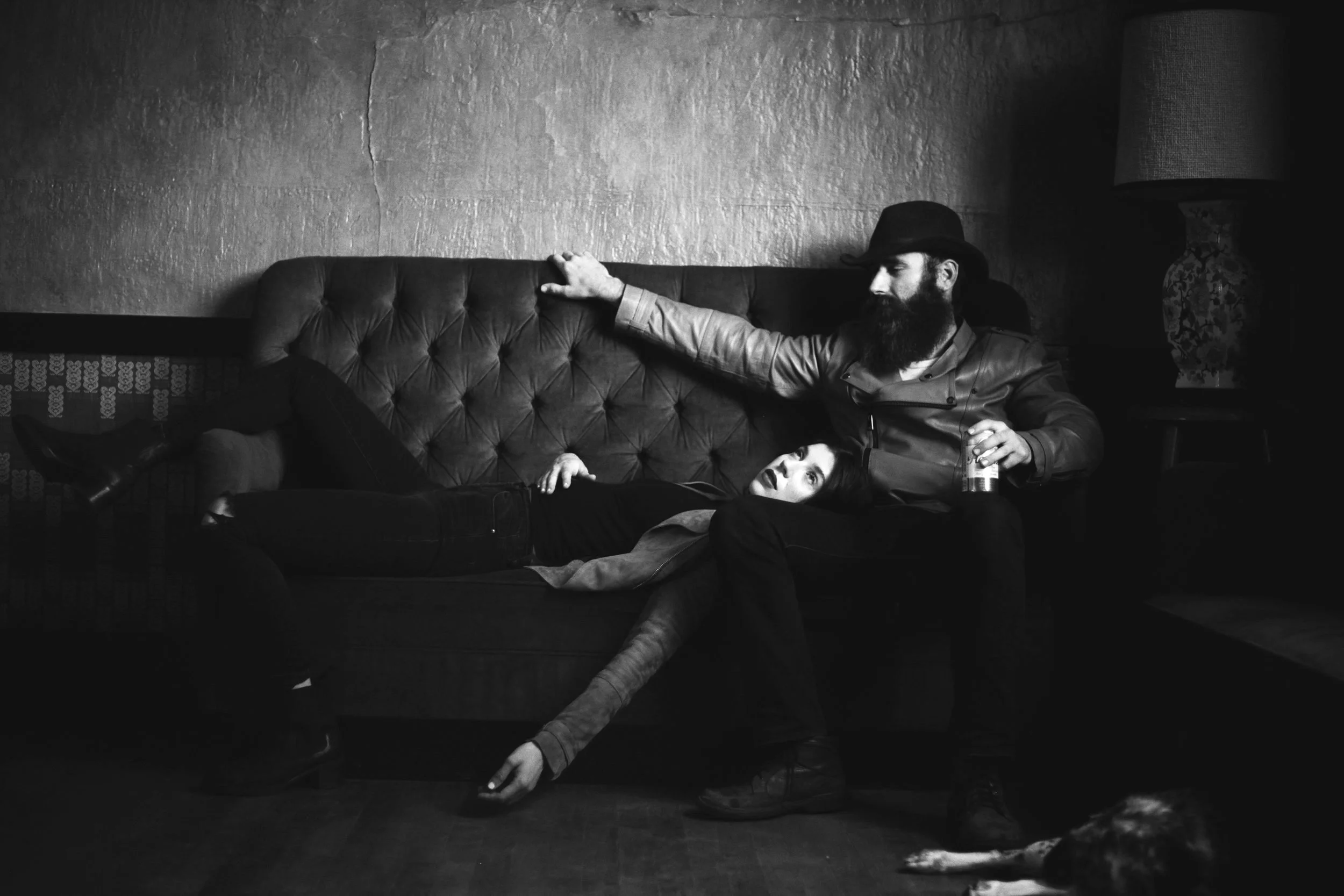Consumers are looking for a way to experience a product before purchasing it. Since they can’t see, touch, smell or taste when shopping online, they need to be able to visualize that product in their hand, on their body or in their life. That’s why product photography is so important to the success of your ecommerce website.
High-quality product imagery can be the difference between a browsing customer and an actual one, even more so than other elements of a product page. According to CrowdRiff, 63% of consumers feel that good images are more important than product descriptions. The research also found that 53% of consumers find images more important than ratings or reviews.
To ensure your ecommerce site has high-quality imagery that engages consumers, instills trust and provides the visualization they need, follow these five tips:
1. Use a White Background
Shooting products on a stark white background helps the product stand out and results in more accurate color as light will be reflected back on the product. A white background also makes it easier to photoshop that product later, providing flexibility for using the product in other areas around the site or other marketing material.
2. Show the Product in Real Life
The stark white background shots are important for displaying the details of the product, but they don’t create much of an emotional connection with customers. To build this emotional response and showcase how the product can be used, shoot some lifestyle photography.
Place the product in a natural setting in the real world--if you’re selling tea bags, place them next to a tea kettle and steaming cup of hot tea; if you’re selling backpacks, show someone wearing it while hiking or riding a bike; if you’re selling bathing suit cover ups, shoot a model wearing the piece at the beach or by a pool.
Photo Credit: @eparrillaphotos
Showcasing products in a natural setting with other relevant items can help customers visualize themselves in that setting, put the products to scale with things they already recognize and may even help you sell related items (you can’t enjoy that hot cup of tea without the tea kettle!).
3. Rely on Natural Lighting
You don't need a fancy ring light or a light from every angle to get the professional looking picture you desire. Often times, natural lighting can provide the best effect. Softening up the natural light by using a sheer sheet or light fabric can also add a great glow.
4. Follow the Rule of Thirds
The Rule of Thirds is one of the key guiding principles in photography. This technique encourages you to mentally divide an image up with two horizontal lines and two vertical lines, then position important elements at the points where those lines meet. This off-center imagery is more appealing to the eyes because it looks more natural. And consumers related better to photos that look more natural because they can better imagine themselves with the subject matter in the photo.
5. Leverage Customer’s Photos
All the hard work and costs don’t have to fall on your team. Leverage your customers to provide photos for a more efficient and genuine experience. Tools like Yotpo allow you to pull in customer photos from Instagram to place in a gallery or on product pages. With Yotpo, you can also ask for photos with reviews and automate the process through Shopify or other ecommerce platforms. These real-life photos can enrich the experience of potential shoppers and drive more sales. They can also help to solidify relationships with existing customers by showing that you appreciate their work and feedback.
The human brain processes images 60,000 times faster than text, and remembers 80% of what it sees (compared to 20% of what it reads). Consumers are better at understanding, remembering and relating to images, which is why high-quality and creative product imagery is so important for every ecommerce website. Go beyond the bland manufacturer photos or rushed products shots from a smartphone.
Featured photo credit: EParrillaPhotos


